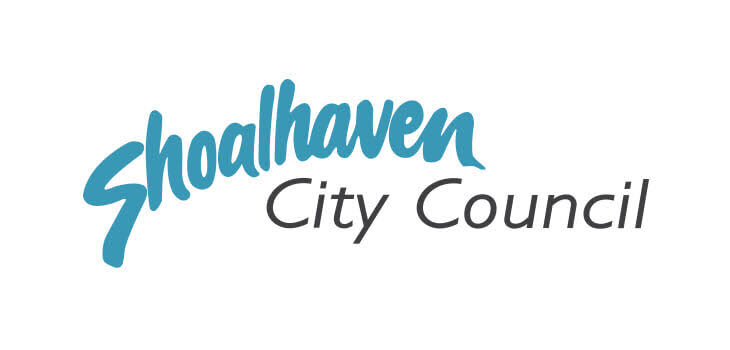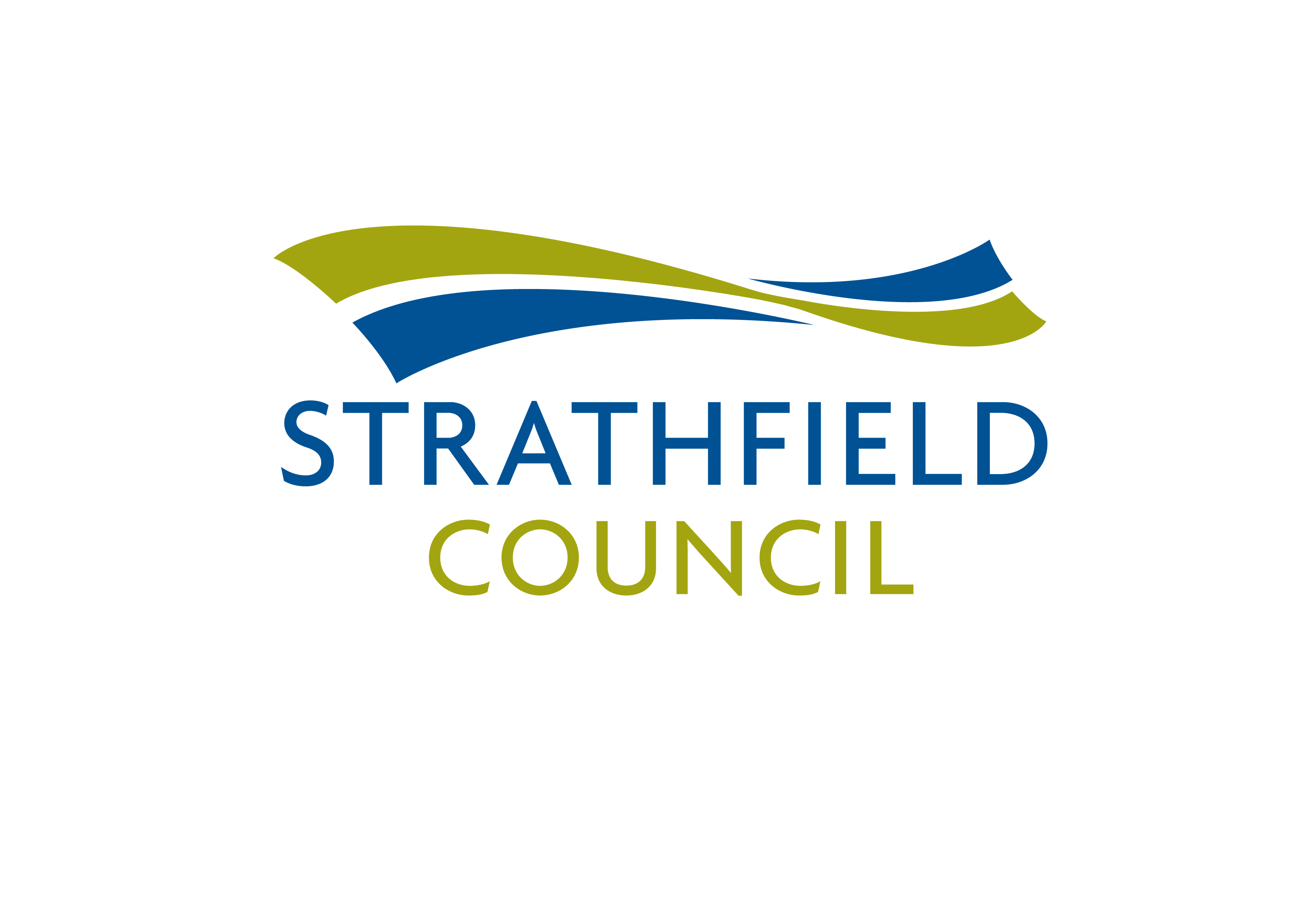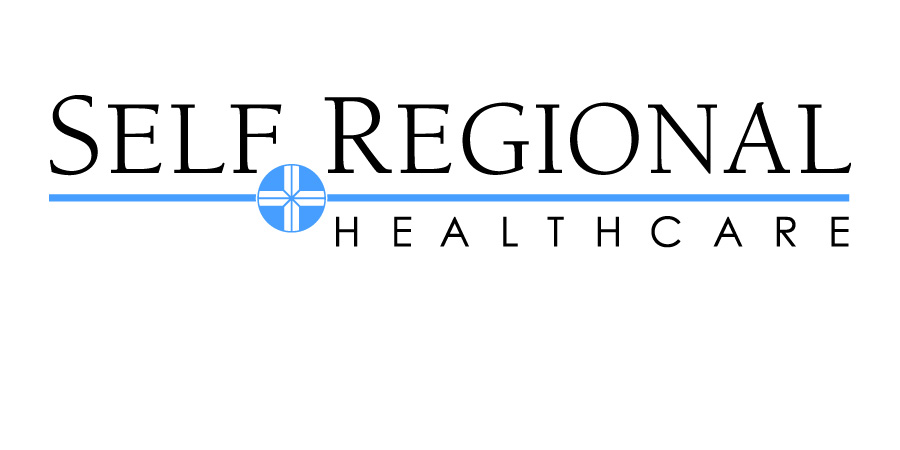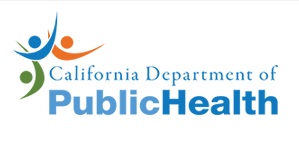Information
-
Client / Site
-
Audit Title
-
Inspection Type
- Routine Primary Inspection (High risk food premises / 1-5 persons)
- Routine Primary Inspection (High risk food premises / 6+ persons)
- Routine Primary Inspection (Medium risk food premises)
- Routine Primary Inspection (Low risk food premises)
- Routine Primary Inspection (Childcare facility serving food)
- Re-inspection (CFHP issues) - fee
- Re-Inspection (General) - no fee
- Re-Inspection (Improvement Notice) - no fee
- Complaint - Single Foodborne Illness Investigation
- Complaint - Multiple Foodborne Illness Investigation
- Complaint - Other general food hygiene/food premise construction matter
- Routine inspection of Temporary Food Premises
- Routine inspection of Mobile Food Stall/Vehicle
- Pre-opening inspection
-
Conducted On
-
Trim File No.
-
Environmental Health Officer/s
-
Scores on Doors Rating
- Excellent ☆☆☆☆☆
- Very Good ☆☆☆☆
- Good ☆☆☆
- Satisfactory No Star Rating
- Poor No Star Rating
- Re-Inspection No Star Rating
- Announced Inspection No Star Rating
- Pre-Opening Inspection No Star Rating
- Not Applicable
📚 Food Business Information
-
Trim File Number
-
Trading Name of Food Business
-
Trading Address of Food Business
-
Proprietor Name (Individual/ Partnership/Company/Body Corporate/Trust/Other)
-
Proprietor type
- Sole Trader/Individual
- Partnership
- Company
- Body Corporate
- Trust
- Other
-
Private Postal Address of Proprietor
-
Australian Business Number/Australian Company Number (ABN/ACN)
-
Person/s interviewed
-
Contact phone number / Mobile phone number
-
e-mail Address
-
Food Safety Supervisor - Name
-
Food Safety Supervisor - Certificate Number
-
Food Safety Supervisor - Refresher Due Date
-
Supporting photos of proprietorship documentation [e.g. Food Business Registration, Business Name Registration (ASIC), Food Safety Supervisor Certificate/s etc]
🐣 Raw Egg Processing Checklist (Complete only if the Food Business processes Raw Egg dishes, e.g. condiments, desserts, sauces, drinks etc)
-
If the Food Business DOES process Raw Egg dishes, turn switch ON to complete the Raw Egg Processing Checklist.
🐣 Raw Eggs - Handling
-
1. Clean eggs - Not leaking, free from visible cracks, dirt, faeces and feathers. (Food Regulation 2015 174(2))<br>* ALWAYS discard any dirty or cracked eggs.
-
2. Eggs must NOT be washed. <br>* ALWAYS discard any dirty or cracked eggs.
-
3. Labelling of egg carton - suppliers details, "Best Before" date, storage conditions. FSC 1.2
-
4. Eggs marked with the producers or processors unique identification stamp. FSC 2.2.2 and 4.25
-
5. Clean packaging - no re-use of egg cartons.
-
6. Whole eggs are stored under temperature control (5°C or below). Only take out of refrigeration what is required for service. FSC 3.2.2 (6)
-
7. Controls in place to prevent cross contamination during raw egg preparation. FSC 3.2.2 (7)
-
8. Complying hand washing facility available for persons preparing raw egg dishes. FSC 3.2.2 (17) and 3.2.3 (14)
-
9. Hands are washed thoroughly before preparing raw egg dishes in addition to the use of good personal hygiene practices. FSC 3.2.2 (15)
-
10. Sanitised egg separator is used to separate eggs. If another procedure is to be used, the business must demonstrate that it is safe and does not contaminate the product.
-
11. Raw egg condiments such as Mayonnaise, Aioli, Egg butter, Salad dressings must be:<br>- Acidified to a pH of 4.2 or less<br>- Stored for a maximum of 24 hours<br>- Stored/displayed at or below 5°C<br>- Where raw egg condiment is out of temperature control, storage times and temperatures must comply with the 4hr/2hr rule<br>The times, temperatures and pH must be documented. 3.2.2 (7)(1)(b)(ii)<br>NOTE: Eggs can be pasteurised in shell using sous vide method (e.g. 57°C for 75mins). The pasteurised eggs can then be used in condiments just like raw eggs.
-
12. Raw egg desserts such as Fried Ice Cream, Tiramisu, Mousse, Meringue MUST be prepared with a pasteurised egg product, unless the process involves an effective heat treatment.<br>NOTE: Eggs can be pasteurised in shell using sous vide method (e.g. 57°C for 75mins). The pasteurised eggs can then be used in desserts just like raw eggs.
-
13. Raw egg sauces such as Hollandaise and Béarnaise sauce and raw egg drinks such as Cocktails, High protein smoothies etc should ideally be made to order for immediate consumption. However if preparing larger batches, discard after 4 hours.
🍧 Raw Eggs - Temperature Control and Storage
-
14. The relevant person can demonstrate the correct use of the thermometer to measure the temperature of PHF being stored or displayed. FSC 3.2.2 (6)(2) & (8)(5)
-
15. Raw egg dish must be stored/displayed to prevent cross contamination. 3.2.2 (6)(1)(a) This includes:<br>(a) prepare and store in the same container,<br>(b) use date labels,<br>(c) do not top up or mix batches,<br>(d) do not store liquid raw eggs, process immediately.
🍳 Raw Eggs - Cleaning and Sanitising of Premises / Equipment
-
16. Areas where raw egg dish preparation occurs are visibly clean including fixtures, fittings and equipment used.
-
17. The food business sanitises food contact surfaces and equipment used to prepare raw egg dishes by either:<br>(a) Heat (>77°C),<br>(b) Chemical sanitising, or;<br>(c) Combination of both Heat & Chemical sanitising. FSC 3.2.2 (20)
-
18. There are adequate written instructions for staff to follow when diluting and applying the chemical sanitiser (on label or other information sheet).
-
19. The relevant person can demonstrate effective sanitising and the correct dilution, application and use of a chemical sanitiser.
🎓 Raw Eggs - Education
-
20. I have advised the relevant person on safer raw egg alternatives, (e.g. use of pasteurised eggs, commercially manufactured pasteurised product). And provided them with fact sheets, guidelines etc as required.
📒 General Requirements
-
1. Food Business has notified current details to the Shoalhaven City Council - Standard 3.2.2 clause 4
-
2. If needed, Food Safety Supervisor (FSS) is appointed and certificate is on the premises - Food Act 2003 s.106
-
3. Food handlers have skills and knowledge to handle food safely - Standard 3.2.2 clause 3
-
4. No handling or sale of unsafe or unsuitable food e.g. food that is damaged, deteriorated or perished; no use of cracked or dirty eggs or food past use by date - Food Act 2003 s.16/17
🔦 Food Handling Controls
-
5. Food protected from the possibility of contamination; food receipt, storage, preparation, display and transport - Standard 3.2.2 clause 5(1), 6(1), 7(1)(b)(i), 8(1)-(4) and 10(a)
-
6. Names and addresses are available for manufacturer, supplier or importer of food - Standard 3.2.2 clause 5(2)
-
7. Potentially Hazardous Food (PHF) is under temperature control: food receipt, storage, display and transport; less than 5°C, above 60°C. Frozen food is hard frozen (less than -18°C) - Standard 3.2.2 clause 5(3), 6(2), 8(5) and 10(b) and (c)
-
7(a). This selection of PHF storage/holding units were all measured to determine temperature control compliance and were satisfactory at time of the inspection
- Not Applicable - No PHF storage/holding units within food premises
- All cool rooms were 5°C or less
- All underbench refrigeration units were 5°C or less
- All pizza make units were 5°C or less
- All dairy refrigeration units were 5°C or less
- All salad bar units were 5°C or less
- All deli display units were 5°C or less
- All seafood display units were 5°C or less
- All refrigerated produce display units were 5°C or less
- All other refrigeration units were 5°C or less
- All food stored within freezer rooms was hard frozen
- All food stored within freezer chests was hard frozen
- All food stored within other freezer units was hard frozen
- All hot pie warmer units were 60°C or greater
- All hot chicken holding units were 60°C or greater
- All bain-marie units were 60°C or greater
- All steamed rice units were 60°C or greater
- All other hot PHF holding units were 60°C or greater
-
8. Processing of foods; take all practicable measures to process only safe and suitable food; prevent likelihood of contamination; use process step if necessary - Standard 3.2.2 clause 7(1)
-
9. Cooked PHF is cooled rapidly within 2 hours from 60°C to 21°C and then within a further 4 hours from 21°C to 5°C (2+4 hr rule); items thawed correctly; processed quickly - Standard 3.2.2 clause 7(2) and (3)
-
10. Reheating of previously cooked and cooled PHF to a temperature of 60°C or above is rapid by way of oven, stove top or microwave but not bain-marie - Standard 3.2.2 clause 7(4)
-
11. Self serve food bar is supervised, has separate utensils and sneeze guard - Standard 3.2.2 clause 8(2)
-
12. Food wraps and containers will not cause contamination - Standard 3.2.2 clause 9
-
13. Food for disposal is identified and separated from normal stock - Standard 3.2.2 clause 11
👏 Health and Hygiene
-
14. Food handlers wash and dry hands thoroughly using hand wash facilities - Standard 3.2.2 clause 15(4)
-
15. Food handlers avoid unnecessary contact with ready-to-eat food or food contact surfaces by use of utensils, a gloved hand, food wraps etc - Standard 3.2.2 clause 15(1)(b) and clause 18(3)(b)
-
16. Food handlers do not spit or smoke in food handling areas or eat, sneeze, blow or cough over exposed food or food contact surfaces - Standard 3.2.2 clause 18(3)(c)
-
17. Food handlers take all practical measures not to contaminate food/surfaces, have clean clothing, waterproof bandages - Standard 3.2.2 clause 15(1)(a) and (c) and 18(3)(a)
-
18. Food handlers wash hands when contaminated, before commencing/recommencing work and after: using the toilet, coughing, sneezing, smoking, handling raw meat, cleaning, etc - Standard 3.2.2 clause 15(2) and (3)
-
19. Food handlers do not handle food if ill (e.g. vomiting, gastro) - Standard 3.2.2 clause 14 and clause 16
-
20. Hand washing facilities easily accessible and used only for washing of hands, arms and face - Standard 3.2.2 clause 17(1)
-
21. Hand washing facilities have warm running water through single spout, single use towels and soap - Standard 3.2.2 clause 17(1)
🍳 Cleaning and Sanitising
-
22. Premises, fixtures, fittings and equipment maintained to an appropriate standard of cleanliness - Standard 3.2.2 clause 19
-
23. Food contact surfaces, eating and drinking utensils in a clean and sanitary condition/appropriate sanitising method in use (e.g. chemicals or dishwasher) - Standard 3.2.2 clause 20
🌡 Temperature measuring device / Single use items
-
24. Accurate temperature measuring device readily accessible (e.g. digital probe thermometer accurate to +/- 1°C) - Standard 3.2.2 clause 22
-
25. Single use items protected from contamination and not reused (e.g. drinking straws, disposable utensils) - Standard 3.2.2 clause 23
🐀 Animal and Pests
-
26. Animals not permitted in areas in which food is handled - Standard 3.2.2 clause 24(1)(a)
-
27. Practical pest exclusion measures used (e.g. screens, door seals) - Standard 3.2.2 clause 24(1)(b)
-
28. Practical measures to eradicate and prevent harbourage of pests used (e.g. housekeeping, stock rotation, pest controller) - Standard 3.2.2 clause 24(1)(c)
-
29. Signs of insect infestation or rodent activity in premises (e.g. faeces, egg casings, teeth marks) - Standard 3.2.2 clause 24(1)
🏗 Design and Construction
-
30. General design and construction of premises appropriate - Standard 3.2.3 clause 3(a)
-
31. Supply of potable water available - Standard 3.2.3 clause 4(1)
-
32. Effective sewerage and waste water disposal system - Standard 3.2.3 clause 5(a) and (b)
-
33. Adequate storage facilities for garbage and recyclables - Standard 3.2.3 clause 6(a) and (b)
-
34. Premises has sufficient lighting - Standard 3.2.3 clause 8
-
35. Floors are able to be effectively cleaned, appropriately designed and constructed and don't permit harbourage for pests - Standard 3.2.3 clause 10(a) and (d)
-
36. Walls and ceilings are sealed and able to be effectively cleaned, appropriately designed and constructed and don't permit harbourage for pests - Standard 3.2.3 clause 11
-
37. Fixtures, fittings and equipment are able to be effectively cleaned, sanitised, fit for their intended use, and designed, constructed, located and installed appropriately - Standard 3.2.3 clause 12(1) and (2)
-
38. Sufficient ventilation provided within the premises - Standard 3.2.3 clause 7
-
39. Adequate storage facilities (e.g. clothing, personal items, chemicals, food) - Standard 3.2.3 clause 15 (1)
🔨🔧 Maintenance
-
40. Premises, fixtures, fittings and equipment in a good state of repair and working order - Standard 3.2.2 clause 21(1)
-
41. No chipped, broken or cracked eating or drinking utensils - Standard 3.2.2 clause 21(2)
🍔 Miscellaneous
-
42. Food Labelling complies with the Food Standards Code 1.2
-
43. For 'Standard Food Outlet', nutrition information is displayed/provided
-
44. Food business is aware of the Raw Egg Guideline
-
45. Food business is aware of its obligations regarding allergens.<br><br>Where appropriate, refer food business to the suggested allergen statement of Allergy & Anaphylaxis Australia.<br>🥜 "Please let our staff know if you have a food allergy. We will do our best to prepare appropriate food, however we do have all major allergens in our restaurant/cafe".
🍓 General comments
-
Notes and other general comments
-
Additional photographs
🌟 Food Business Scores on Doors Rating (Complete only for Food Businesses that are eligible) 🌟
-
If Food Business is eligible for a Scores on Doors Rating? turn switch ON to complete the Scores on Doors Rating
🚪 Scores on Doors Rating
-
Food Business Score
- No Score - Re-inspection
- No Score - Announced Inspection
- No Score - Not Applicable
- 0
- 1
- 2
- 3
- 4
- 5
- 6
- 7
- 8
- 9
- 10
- 11
- 12
- 13
- 14
- 15
- 16
- 17
- 18
- 19
- 20
- 21
- 22
- 23
- 24
- 25
- 26
- 27
- 28
- 29
- 30
- 31
- 32
- 33
- 34
- 35
- 36
- 37
- 38
- 39
- 40
- 41
- 42
- 43
- 44
- 45
- 46
- 47
- 48
- 49
- 50
- 51
- 52
- 53
- 54
- 55
- 56
- 57
- 58
- 59
- 60
-
Scores on Doors Rating
- Excellent (0 - 3 Points) ⭐⭐⭐⭐⭐
- Very good (4 - 8 Points) ⭐⭐⭐⭐
- Good (9 - 15 Points) ⭐⭐⭐
- Satisfactory (16 - 19 Points and NO Critical 8 Point food safety failure) NO GRADE
- Poor (20 + Points and/or Critical 8 Point food safety failure) NO GRADE
- No Score - Re-inspection
- No Score - Announced Inspection
- No Score - Not Applicable
👍 Food Business - Primary Inspection Outcome (Complete only after a Primary Inspection) 👎
-
If Primary Inspection has been completed? turn switch ON to complete the Primary Inspection Outcome
⚖️ Primary Inspection Outcome
-
Primary Inspection Outcome
- Verbal advice provided
- Food Premises Assessment Report issued
- Warning Letter to be sent only
- Improvement Notice to be issued only
- Improvement Notice + Prohibition Order for specific equipment only
- Improvement Notice + Prohibition Order for entire food premises
- Improvement Notice + Penalty Infringement Notice/s
- Prohibition Order for specific equipment only
- Prohibition Order for entire food premises
- Penalty Infringement Notice/s only
- Court Prosecution
- Food Seizure
- Food Premises Closed
-
Further Re-Inspection Required
- No further Re-Inspection required
- Re-Inspect in 24 hours
- Re-Inspect in 1 - 7 days
- Re-Inspect in 1 month
- Re-Inspect in 2 months
- Re-Inspect in 3 months
- Re-Inspect in 4 months
- Re-Inspect in 5 months
-
Next Primary Inspection Due
- Primary Inspection in 4 months
- Primary Inspection in 6 months
- Primary Inspection in 12 months
- Primary Inspection in 2 years
- Primary Inspection in 3 years
- Premises has reduced level of food processing - revert to Low Risk - Incident Only in Darts
- Premises was closed and not inspected
- Premises has ceased trading entirely / De-activate file in Darts
📋 I have received this Food Premises Assessment Report after a primary inspection and I understand the contents
-
Proprietors Signature
-
Authorised Environmental Health Officers Signature
-
Authorised Environmental Health Officers Signature - Digital
-
Primary Inspection completed on:
-
Shoalhaven City Council - Environmental Health Officer - Contact Number (02) 4429 3111
-
www.shoalhaven.nsw.gov.au














